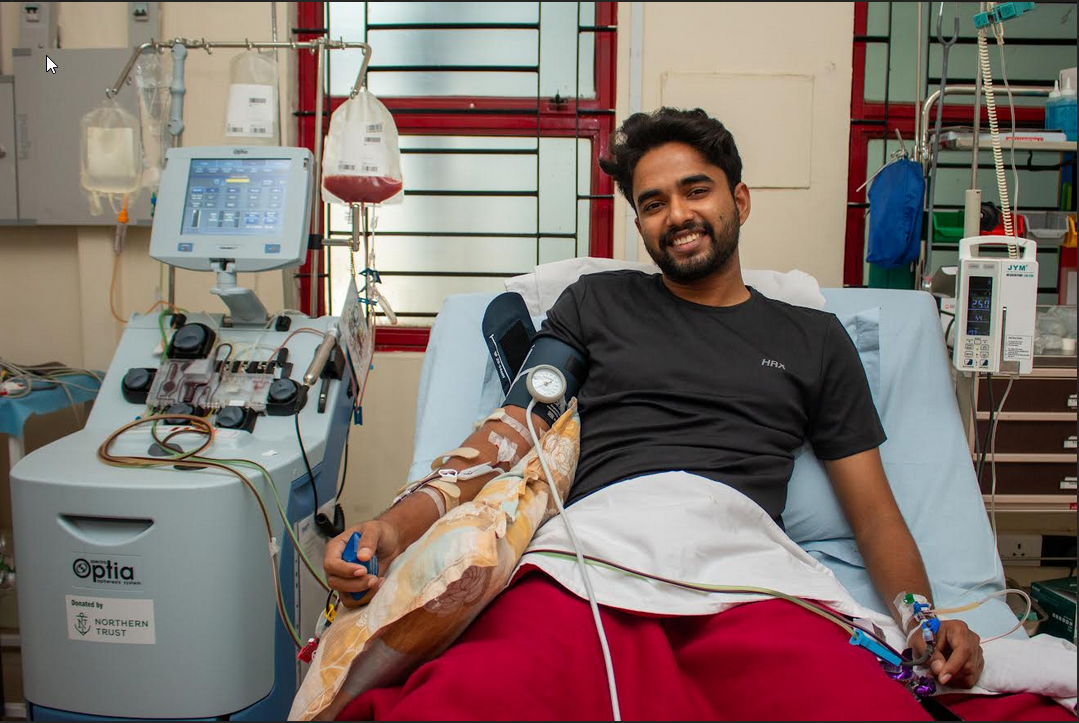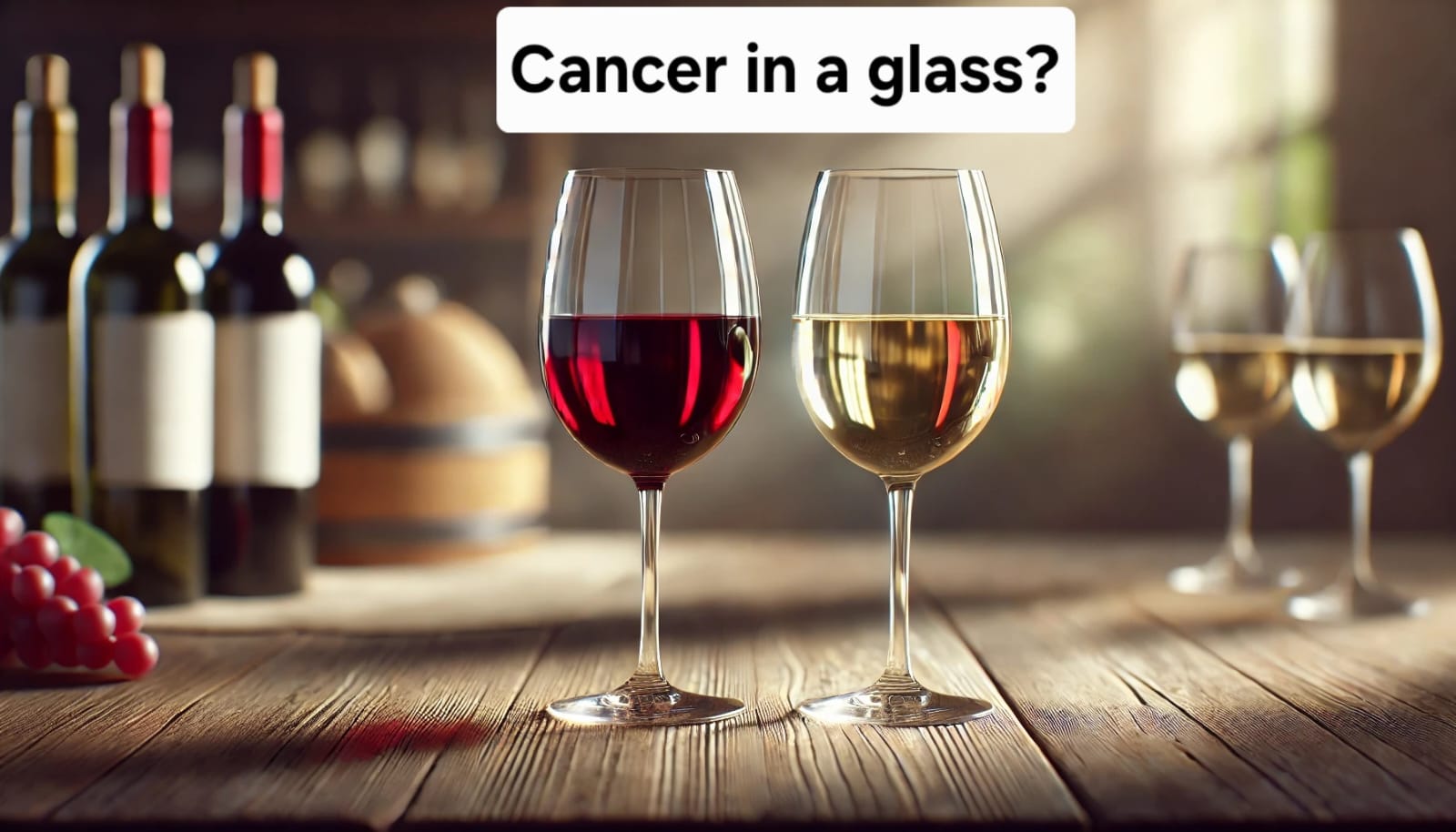It is alarming to note that as per UNAIDS data the annual number of new HIV infections in the Latin American countries increased by 9% between 2010 and 2023, despite the advent of powerful new prevention tools like PrEP (pre-exposure prophylaxis).
High HIV prevalence has been reported among non-migrating afro-descendant and indigenous populations in some countries, including Brazil, where the prevalence of HIV among afro-descendant women is two times higher than in the overall female population, and Guatemala, where HIV prevalence among afro-descendant Garifuna indigenous populations is estimated to be five times higher (1%) than general population (0.2%).
High HIV prevalence has been reported among indigenous communities in Venezuela (Warao) (9.6%), Peru (Chayahuita) (7.5%), and Colombia (Wayuu women) (7.0%), with factors including geographical, linguistic and social inequity barriers affecting access to services for Indigenous people.
The issues and concerns plaguing them were highlighted at the 5th Conference on HIV Research For Prevention (HIVR4P) held recently in Lima, Peru. Representatives of Indigenous people from the Latin American, Central American, and Caribbean Coalition of Indigenous Peoples in Response to HIV and AIDS not only shared the challenges, vulnerabilities, and inequalities faced by Indigenous peoples in the LAC (Latin American Countries) region, but also proposed transformative, just, and equitable solutions to move forward together for ending AIDS by 2030.
Here are some takeaways from this interaction with Roberto Orellana from Guatemala, Williams Morales from Chile, Fernando Chujutalli from Peru and José Montano Ferrel from Bolivia:
Forty years into the HIV epidemic
Latin America is a region where the number of HIV infections is on the rise. Since 2010, the number of people living with HIV in Costa Rica has more than doubled, and has nearly doubled in Paraguay, Mexico, and Peru. The alarming rate of high HIV prevalence in Indigenous communities - with new cases of infections and mortality reported daily - puts them in an imminent state of emergency. If governments and key actors in the HIV/AIDS response remain silent spectators, the Indigenous Peoples face the risk of extinction due to HIV/AIDS, as is being seen with the Warao in Venezuela, the Aguapiru and Bororó in Brazil, the Ayoreo in Bolivia, and the Awajún and Wampis in Peru.
Challenges galore: Lack of data
There is no segregated data on HIV/AIDS response for Indigenous people of the region. Current epidemiological data do not do justice to them as they are categorised as part of the general population. Hence their realities are rendered invisible. In the absence of data and surveillance of Indigenous people, they seem to be non-existent and no specific interventions in the HIV response are tailored to address the special needs of these communities.
One pertinent example cited by the group was that there was only one abstract on Indigenous Peoples in Latin America that was presented during the five days of HIVR4P 2024 conference, even though the conference took place in a Latin American country.
This is also an indication that researchers are not working in these communities and it does not seem important to them to send abstracts to the conference. Is this not invisibility of the Indigenous people?
Geographical and social barriers
Indigenous populations live in isolated areas, facing high economic costs for traveling to urban health facilities to access comprehensive care and monitoring. The out-of-pocket expenses for transportation, food, accommodation, and medications add up, especially since many of them live in extreme poverty and face food insecurity, which hinders consistent intake of antiretroviral treatment, leading to more adverse effects and ultimately compromising adherence to antiretroviral therapy. Additionally, they have other health issues, making them more likely to interrupt or abandon their treatment.
Linguistic barriers
Language was cited as one of the foremost barriers. At the national level, all information and government decisions are in the official language. For example in the case of Peru, all work is done in Spanish, when many indigenous people do not speak Spanish. In Guatemala too, it is the same story- there are 22 different groups with different languages and everything happens in Spanish. And therefore information does not get to the communities. Likewise the gathered knowledge from Indigenous communities does not reach the government. There are different ways of understanding sexual diversity in Indigenous communities - beyond just two or three- and that is not even taken into account.
Disregard for traditional indigenous knowledge
Indigenous people have had traditional healers since long. For example women, who provide up to 40% or more of childbirth services, are well respected traditional healthcare providers in the community. But the government ignores to harness the power of these traditional healthcare workers to be part of the HIV response continuum- because of the assumption that they are ignorant by virtue of being natives. So they are not engaged with HIV testing and/or dispensing PrEP. This further reduces their access to HIV and other healthcare services, especially those who live far away from the mainland.
Stigma and discrimination
One example given was of the gay men in Indigenous communities. Along with facing the same discrimination that many other gay men in the general population face, they additionally face multiple layers of stigma- they are deemed 'ignorant', 'stupid' and 'rustic'. This prevents them from going to even a gay friendly clinic to get access to HIV services.
The way forward
A stronger political commitment is essential- one that recognises Indigenous Peoples as key populations in the response to HIV/AIDS. The 5% in each stage of the continuous care cascade of the 95-95-95 goals represents the Indigenous populations, and only through their inclusion can these global targets be achieved.
Indigenous peoples should have equitable representation in the governance structure of global bodies like UNAIDS and International AIDS Society (IAS). They should be included in all the discussions between governments and other stakeholders, because without their voices, the global response to HIV will remain invisible and silent, incomplete, and profoundly unequal.
In terms of public health and rights, all vulnerable populations, including Indigenous people in the Latin American region must have access to all state-of-the-art HIV medications at low costs. These medications should be included in the treatment norms in a holistic manner.
The latest case in point is the announcement by pharmaceutical company Gilead to authorise generic production of lencapavir- a twice yearly, long-acting injectable medication for the prevention of HIV - and its sale at voluntary licensing prices in 120 low-income countries. But it has excluded many countries of LAC region, where the generic version can be sold. Even Argentina, Brazil, Mexico, and Peru- people of which had participated in the clinical studies of lenacapavir conducted by Gilead- have been excluded. This is highly unethical and unjust. The end of AIDS requires facilitating access to medications at affordable costs for all populations- indigenous as well as non-indigenous- in need of them. We need to walk the talk on "leave no one behind" mantra which underpins the UN Sustainable Development Goals (SDGs).
The SDGs with its promise to "leave no one behind," offers a clear path toward a world where all voices are heard, all cultures are respected, and inequalities are replaced with opportunities and rights. Racism, stigma, and discrimination must be eradicated to protect the human rights of people living with HIV in all communities.

 Racism, stigma, and discrimination must be eradicated to protect the human rights of people living with HIV in all communities.
Racism, stigma, and discrimination must be eradicated to protect the human rights of people living with HIV in all communities.










.jpeg)



.jpg)





.jpeg)

.jpg)





.png)

